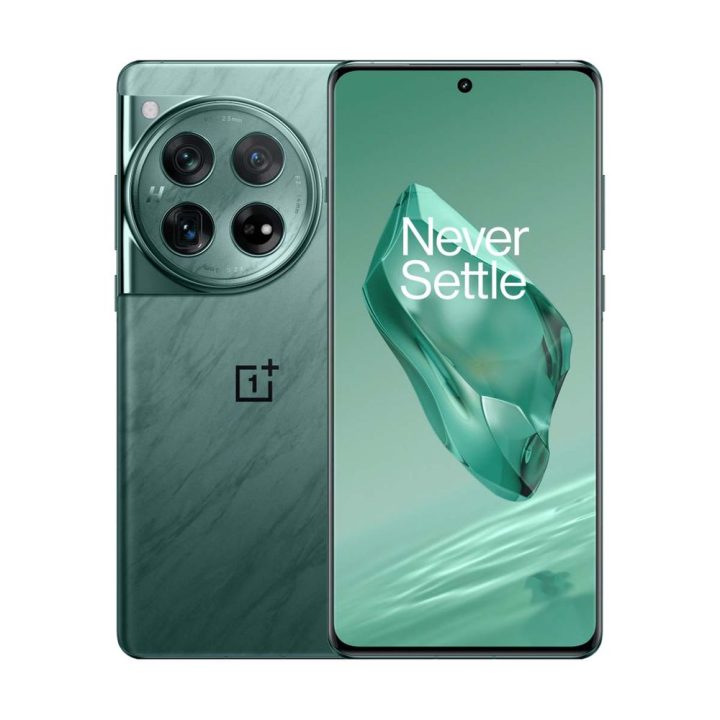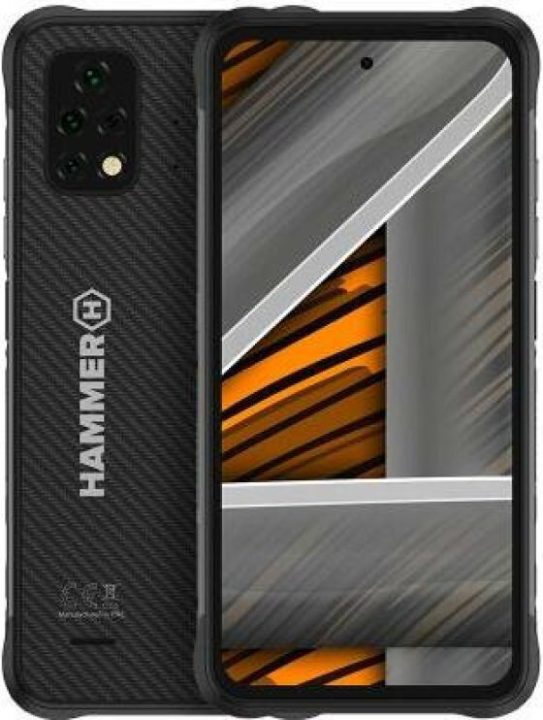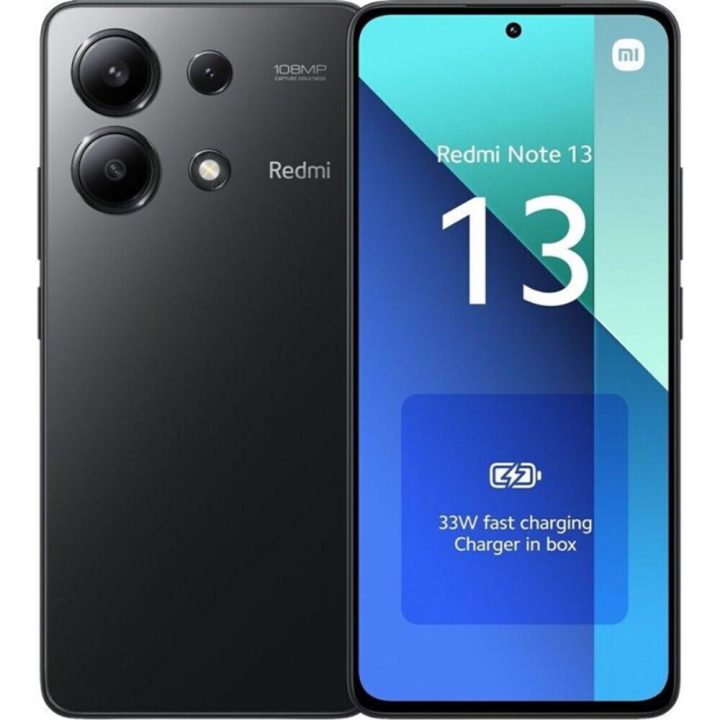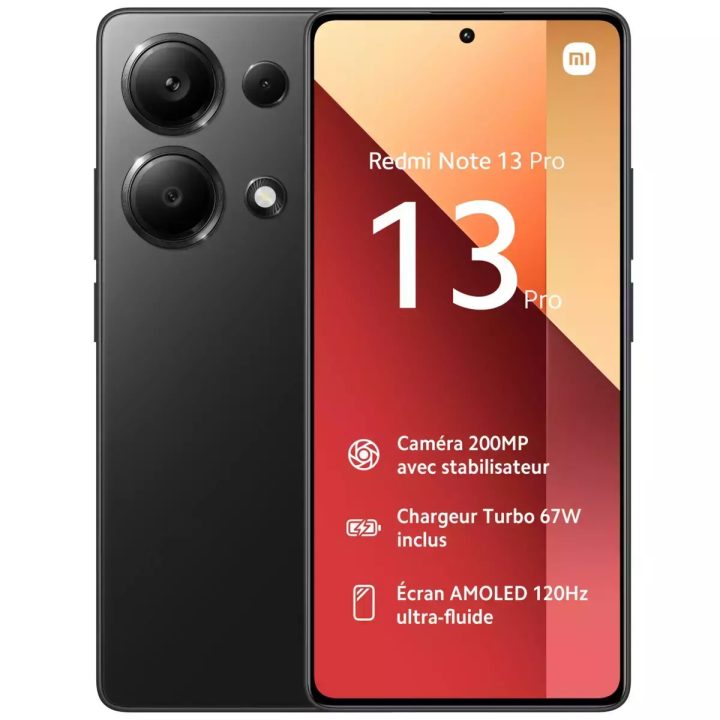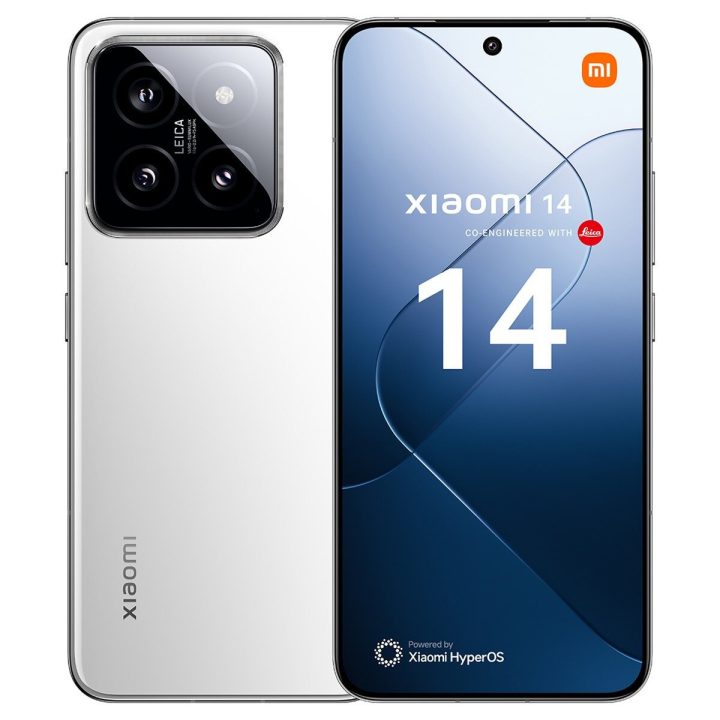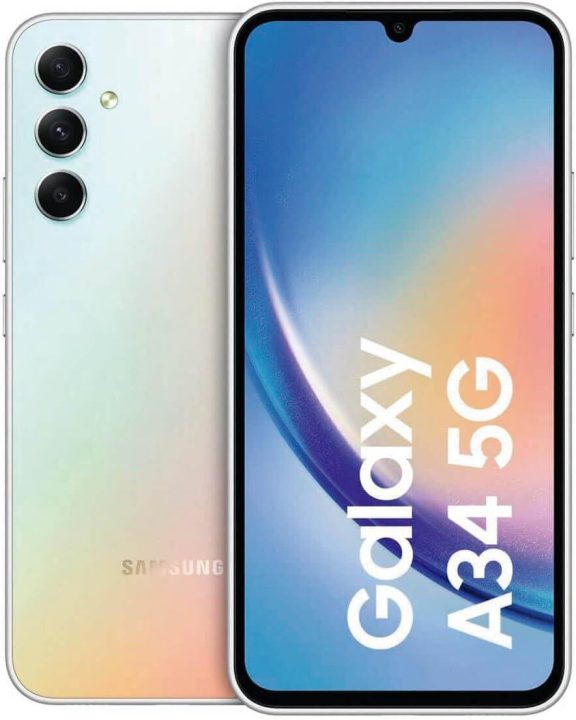Xiaomi Redmi Note 12 Pro vs. Competitors: Which One Comes Out on Top?
The mid-range smartphone market has become increasingly competitive in recent years, with manufacturers vying to offer the best features and specifications at an affordable price point. One of the latest contenders in this category is the Xiaomi Redmi Note 12 Pro. In this blog post, we will compare the Xiaomi Redmi Note 12 Pro with its competitors in terms of design, display, camera, performance, battery life, audio and speakers, software and user interface, connectivity and networking, price and value for money. By the end of this article, you will have a clear understanding of how the Xiaomi Redmi Note 12 Pro stacks up against its rivals.
Design and Build Quality: Xiaomi Redmi Note 12 Pro vs. Competitors
The Xiaomi Redmi Note 12 Pro features a sleek and modern design with a glass back and metal frame. It has a premium look and feel that is comparable to more expensive flagship smartphones. Its competitors in this segment include the Samsung Galaxy A52, Realme 8 Pro, and Poco X3 Pro. Each of these smartphones also offers a stylish design with high-quality build materials.
When comparing the design and build quality of these smartphones, it ultimately comes down to personal preference. The Xiaomi Redmi Note 12 Pro stands out with its premium glass back and metal frame, giving it a more premium feel compared to its competitors. However, the Samsung Galaxy A52 also offers a similar level of build quality with its glass back and metal frame. The Realme 8 Pro and Poco X3 Pro, on the other hand, feature plastic backs but still offer a solid build quality.
Display: How Does Xiaomi Redmi Note 12 Pro Compare to Its Rivals?
The Xiaomi Redmi Note 12 Pro boasts a 6.6-inch IPS LCD display with a resolution of 1080 x 2400 pixels. Its competitors, the Samsung Galaxy A52, Realme 8 Pro, and Poco X3 Pro, also have similar display sizes and resolutions.
When it comes to display quality, the Xiaomi Redmi Note 12 Pro offers vibrant colors and good viewing angles. The IPS LCD panel provides decent brightness levels, making it easy to use the phone outdoors. The Samsung Galaxy A52, on the other hand, features a Super AMOLED display that offers deeper blacks and more vibrant colors compared to the Xiaomi Redmi Note 12 Pro. The Realme 8 Pro and Poco X3 Pro also offer good display quality with their respective AMOLED and IPS LCD panels.
Camera: Which Smartphone Offers the Best Photography Experience?
The Xiaomi Redmi Note 12 Pro features a quad-camera setup with a 64MP primary sensor, an 8MP ultra-wide sensor, a 5MP macro sensor, and a 2MP depth sensor. Its competitors also have impressive camera setups that offer a variety of shooting options.
In terms of camera performance, the Xiaomi Redmi Note 12 Pro captures detailed and well-exposed photos in good lighting conditions. The images have accurate colors and good dynamic range. The ultra-wide sensor also performs well, capturing a wider field of view without significant distortion. The macro sensor allows for close-up shots with decent detail, while the depth sensor helps in creating a natural-looking bokeh effect.
The Samsung Galaxy A52 offers a similar camera performance to the Xiaomi Redmi Note 12 Pro, with its 64MP primary sensor producing detailed photos with accurate colors. The Realme 8 Pro and Poco X3 Pro also offer good camera performance in their respective price ranges.
Performance: Xiaomi Redmi Note 12 Pro vs. Competitors
The Xiaomi Redmi Note 12 Pro is powered by a MediaTek Dimensity 1100 chipset and comes with up to 8GB of RAM and up to 256GB of storage. Its competitors, the Samsung Galaxy A52, Realme 8 Pro, and Poco X3 Pro, also have similar specifications.
When it comes to performance, the Xiaomi Redmi Note 12 Pro offers smooth multitasking and lag-free performance in day-to-day usage. It can handle demanding tasks such as gaming and video editing without any issues. The MediaTek Dimensity 1100 chipset provides a good balance between power efficiency and performance.
The Samsung Galaxy A52, Realme 8 Pro, and Poco X3 Pro also offer good performance in their respective price ranges. The Samsung Galaxy A52 is powered by a Qualcomm Snapdragon 720G chipset, while the Realme 8 Pro is powered by a Qualcomm Snapdragon 720G chipset. The Poco X3 Pro, on the other hand, is powered by a Qualcomm Snapdragon 860 chipset.
Battery Life: Which Smartphone Lasts the Longest?
The Xiaomi Redmi Note 12 Pro comes with a 5,000mAh battery with support for 67W fast charging. Its competitors also have impressive battery capacities and fast charging capabilities.
In terms of battery life, the Xiaomi Redmi Note 12 Pro offers all-day battery life with moderate to heavy usage. The 5,000mAh battery provides enough power to get through a full day of usage without needing to recharge. The 67W fast charging support allows for quick charging times, so you can get back to using your phone in no time.
The Samsung Galaxy A52 also offers good battery life with its 4,500mAh battery. It supports 25W fast charging, which is slightly slower than the Xiaomi Redmi Note 12 Pro but still allows for quick charging times. The Realme 8 Pro and Poco X3 Pro also offer decent battery life with their respective battery capacities and fast charging capabilities.
Audio and Speakers: Xiaomi Redmi Note 12 Pro vs. Competitors
The Xiaomi Redmi Note 12 Pro features dual stereo speakers with support for Hi-Res audio. Its competitors also have impressive audio capabilities.
When it comes to audio quality, the Xiaomi Redmi Note 12 Pro offers loud and clear sound output through its stereo speakers. The Hi-Res audio support ensures that you get a high-quality audio experience when using headphones or external speakers.
The Samsung Galaxy A52, Realme 8 Pro, and Poco X3 Pro also offer good audio quality through their respective speakers. However, the Xiaomi Redmi Note 12 Pro stands out with its Hi-Res audio support, which enhances the overall audio experience.
Software and User Interface: Which Smartphone Offers the Best User Experience?
The Xiaomi Redmi Note 12 Pro runs on MIUI 12 based on Android 11. Its competitors also run on the latest versions of Android with their own custom skins.
When it comes to software and user interface, the Xiaomi Redmi Note 12 Pro offers a feature-rich experience with MIUI 12. It comes with a variety of customization options and useful features that enhance the overall user experience. The user interface is smooth and responsive, with no noticeable lag or stuttering.
The Samsung Galaxy A52 runs on One UI 3.1, which is Samsung’s custom skin based on Android 11. It offers a clean and intuitive user interface with a variety of useful features. The Realme 8 Pro runs on Realme UI 2.0, while the Poco X3 Pro runs on MIUI 12 based on Android 11.
Connectivity and Networking: Xiaomi Redmi Note 12 Pro vs. Competitors
The Xiaomi Redmi Note 12 Pro comes with support for 5G, Wi-Fi 6, Bluetooth 5.2, and NFC. Its competitors also have similar connectivity options.
When it comes to connectivity and networking, the Xiaomi Redmi Note 12 Pro offers a wide range of options that ensure you stay connected at all times. The 5G support allows for fast internet speeds, while Wi-Fi 6 ensures a stable and reliable connection. Bluetooth 5.2 provides fast and efficient wireless connectivity, and NFC allows for contactless payments and easy file transfers.
The Samsung Galaxy A52, Realme 8 Pro, and Poco X3 Pro also offer similar connectivity options, ensuring that you have all the necessary tools to stay connected.
Price and Value for Money: Which Smartphone Offers the Best Bang for Your Buck?
The Xiaomi Redmi Note 12 Pro is priced competitively and offers great value for money. Its competitors also offer good value for money in their respective price ranges.
When it comes to price and value for money, the Xiaomi Redmi Note 12 Pro stands out with its competitive pricing and impressive features. It offers a premium design, good display quality, impressive camera performance, smooth performance, long battery life, and a feature-rich user interface at an affordable price point.
The Samsung Galaxy A52, Realme 8 Pro, and Poco X3 Pro also offer good value for money in their respective price ranges. Each of these smartphones offers a unique set of features and specifications that cater to different user preferences.
Xiaomi Redmi Note 12 Pro vs. Competitors – Which One Should You Buy?
After comparing the Xiaomi Redmi Note 12 Pro with its competitors in terms of design, display, camera, performance, battery life, audio and speakers, software and user interface, connectivity and networking, price and value for money, it is clear that the Xiaomi Redmi Note 12 Pro offers a well-rounded package at an affordable price point. It excels in various aspects, including design, camera performance, performance, battery life, audio quality, and software experience.
However, it is important to consider your own preferences and priorities when choosing a smartphone. If you prioritize a vibrant display and a clean user interface, the Samsung Galaxy A52 might be a better choice for you. If you are looking for a smartphone with a strong focus on camera performance, the Realme 8 Pro might be the right choice. And if you prioritize gaming performance and fast charging capabilities, the Poco X3 Pro might be the best option.
Ultimately, the decision comes down to your personal preferences and budget. All of these smartphones offer great value for money and are capable of providing a satisfying user experience.

